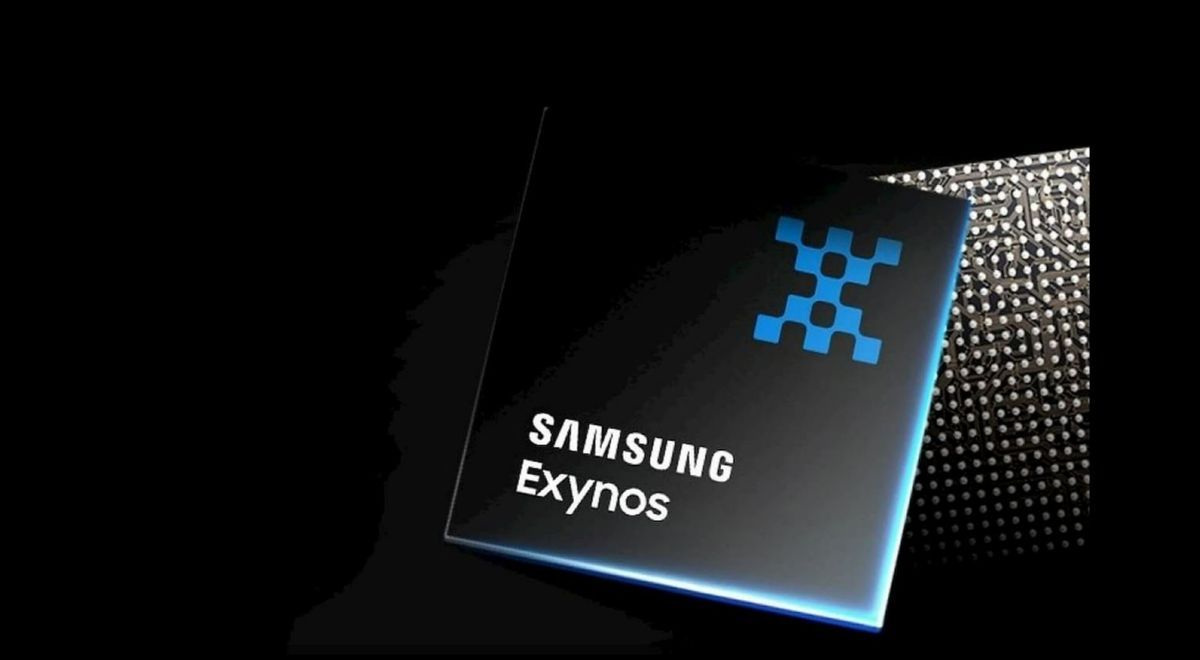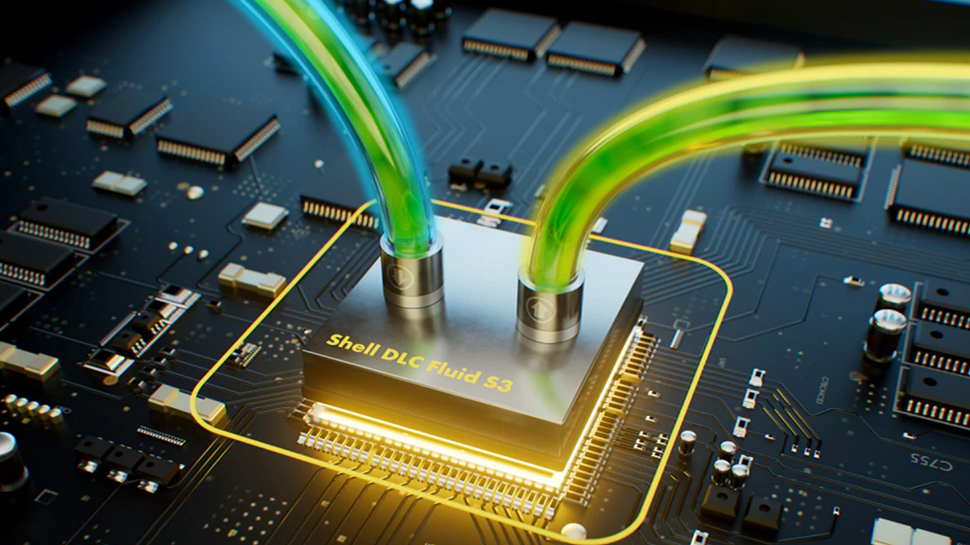Qualcomm’s latest Snapdragon 8 Gen 3 chip will end up powering most of the best Android phones of 2024, likely including the rumored Samsung Galaxy S24 series launching on January 17, but it could already be facing an unlikely challenge.
Rumors claim that the base model Samsung Galaxy S24 and Galaxy S24 Plus could end up using Samsung’s Exynos 2400 chip, while the higher-end models of the Galaxy S24 Plus and Galaxy S24 Ultra should use the Snapdragon 8 Gen 3, a chip . It is expected to be more powerful.
However, the new Geekbench scores illustrate that the Samsung Exynos chip has made great strides since the previous Exynos 2200 model. Surprisingly, these scores also show us that the Snapdragon 8 Gen 3 might not be as far ahead as we would have thought.
The scores were taken from what SamMobile believes to be a Samsung Galaxy S24 Plus with Exynos 2400 and the Samsung S24 Ultra with Snapdragon Gen 3. And they show that the Exynos 2400 is hot on the heels of the Snapdragon silicon.
Here are the reference points
On Geekbench, a listing for the Samsung SM-S926B, which is believed to be the Galaxy S24 Plus using an Exynos 2400 chip (this is because the model number follows the same structure as previous Galaxy S series phones , and the chips have a core configuration expected from the Exynos chip), it delivered a single-core score of 2193 and a multi-core score of 6895.
Comparatively, the results for a model listed as SM-S928B, which is likely to be the Galaxy S24 Ultra, with a chip having the core configuration of the Snapdragon 8 Gen 3, scored 2248 for the single-core score and got a multi-core score. cores. score of 7,024.
Most would have expected a much larger gap between the two chips, with the Snapdragon 8 Gen 3 dramatically outperforming the Exynos chip as has often happened in the past. However, these scores tell a different story: Exynos chips could finally be catching up to their more popular Snapdragon counterparts.
If that happens and the Exynos performs as well or even better than Qualcomm’s chips, then all future Samsung devices could use only their own in-house chipsets, just as Apple does with its A-series chips.
While these are impressive results, they put both Samsung Galaxy S24 models in the same range as the iPhone 14 and behind the iPhone 14 Pro Max; This is somewhat to be expected, as tight integration of hardware and software has long seen Apple phones outperform even the most powerful Android phones in synthetic benchmark tests.
The Exynos 2400 also shows a decent increase on the Samsung Galaxy S22 Plus score of 1,542 single-core scores and a multi-core score of 3,483. That could make the Galaxy S24 Plus an attractive option for people on two-year upgrade cycles.
Benchmark scores aren’t everything and it’s not a uniform test, as the Galaxy S24 Ultra is expected to have more powerful hardware than the Samsung S24 Plus, which could include higher RAM or faster read and write speeds in its storage; this can have an effect on benchmarks.
Who gets which chip?
It was initially thought that the chip that would be used with the Samsung Galaxy S24 model would depend on its region: the US will receive the Snapdragon 8 Gen 3 version and countries in Europe and Southeast Asia will receive the Exynos 2400 versions.
However, there are rumored discussions about using an Exynos 2400 in the base model Samsung Galaxy S24 across the board, which could further differentiate the series lineup.
New year, new Exynos
While it was officially announced last year, Samsung has not yet revealed all the specifications of the Exynos 2400.
It is expected to have 10 cores, including one Cortex-X4 core clocked at 3.1 GHz, two Cortex-A720 cores clocked at 2.9 GHz, as well as three Cortex-A720 cores clocked at 2.6 GHz and four Cortex-A520 cores with a frequency of 1.8 GHz.
Samsung has said that the chip will offer a 1.7x increase in CPU performance and a notable 14.7x increase in AI performance compared to the previous Exynos 2200. The last part is interesting given that the Galaxy S24 range is expected to have an AI-focused chipset. characteristics.
Another notable potential could be the use of an optical effects including global illumination, reflection and shadow rendering.” Such capabilities could see it offer graphics performance in line with the impressive A17 Pro chip in the iPhone 15 Pro and 15 Pro Max, both of which can run proper console-quality games like Resident Evil 4 Remake.
If Samsung’s next-generation Exynos chip can deliver impressive performance, graphics, and power a host of nifty AI features, such as its text-to-image AI generation, it may provide a redemption of sorts for the sometimes maligned chip. And that could mean that people with Exynos-equipped Galaxy phones won’t have to look enviously at their Snapdragon-powered counterparts.









